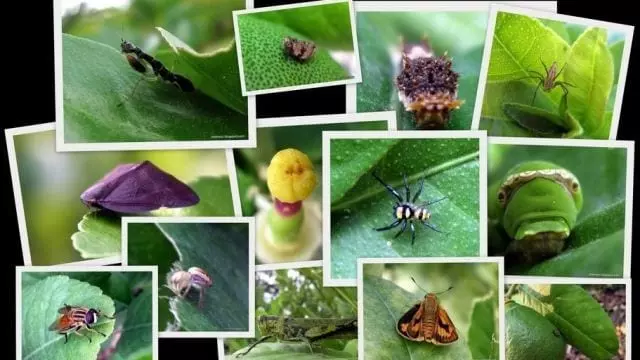Everyone dreams of a healthy, well-tended lawn. Just like big farms and plantations, even lawn plants and grass experience a variety of problems. A garden pest is one of them. Pests cause diseases, eat away your plants, and even kill them. It is often a challenge, to detect which pest is causing the problem and how to treat it. Here are some common pests and tips on preventing and treating them.
What are pests?
Destructive insects that feed on your plants and grass and cause diseases in them are called pests. Lawn damaging pests include insects, bugs and mites, with a fascinating diversity and number of species.
Some of the common pests are:
- Aphids – They feed on plant juices and cause stunting and curling on new terminal growth.
- Whiteflies – They are one of the most common and dangerous of all the pests. They feed on plant juices, infesting the lower leaf surface and cause sooty molds. They transmit viruses and cause spotted leaves.
- Spider Mites – They are 8 legged small spider like parasites that feed on plant juices. They cause stippled leaves. They make webs, lay eggs and cast skins on leaves and stems which leads to infection in plants.
- Thrips – Thrips feed on flowers and foliage. They infest the lower side of the leaf. They transmit plant diseases and cause leaf and flower distortion. They also cause bud drop and makes the plant flecked and bleached.
- Caterpillars – They’re the larvae of butterflies and other moths. They feed on foliage and bore through the stems, leaves and soft wood causing infection and infestation of other parasites.
- Mole crickets – There are 3 species of mole crickets commonly found in Louisiana. They feed on the grass roots. They tunnel down the turf and dry out the grass roots killing the turf.
- Chinch bugs – They love hot and dry weather. So you need to be extra careful in summers. They feed on grass and grass juices leading to brown, curled and patchy turf.
Prevention measures to be taken:
Prevention is always better than cure. If you can prevent infestation in the first place, you’ll be able to avoid tons of damage and hard work. Some preventive measures you can take regularly are:
- Inspect the plant thoroughly before you buy it. A healthy plant is the beginning of a healthy garden.
- Select plants that are more adaptable to the climate and yard soil. Landscaping companies can guide you in this area.
- Select resistant varieties as they’re low maintenance.
- Proper installation, maintenance and nutrition can help avoid infestation.
- Get your lawn examined by a certified lawn care company every six months.
- Water your plants early morning when leaves are naturally wet. This lowers their chances of catching a disease.
- Establish barriers to prevent pest access to plants. E.g. Use yellow sticky sheets. These sheets kill whiteflies and other pests by attracting them to the sticky glue. It helps you control the pests and also gives you an estimation of the pests in your garden.
Removing pests organically:
- Remove pests manually. This can be done only when they infestation is very small.
- Remove the infested part of the plant. Pruning can help in the removal of the infested part so that the pests don’t weaken the complete plant.
- Use biological control by using other organisms to control pests. These are commercially raised and can be bought easily from any landscaping company. For example:
- Lady beetles feed on aphids and other soft-body insects.
- Big-eyed bugs feed on whiteflies, spider mites, thrips and aphids.
- Use biodegradable soap and oil for your lawns. The soapy and oily water when spread on the lawn suffocates the pests and forces them to surface. But first test the water on a few leaves to check for any possible side-effects.
- One safe solution is using Neem oil and Neem cakes. They’re really good for plants and pest prevention.
Chemical pesticides:
If at all you’re using a chemical pesticide, be sure to use the one recommended by a licensed landscaping company. The things to keep in mind are:
- Use selective pesticides rather than broad spectrum pesticides.
Use the pesticide in a small area of yard where the infestation is abundant. Avoid using it in the whole lawn at once. - With the right methods and careful steps you can always keep your garden healthy and green.


